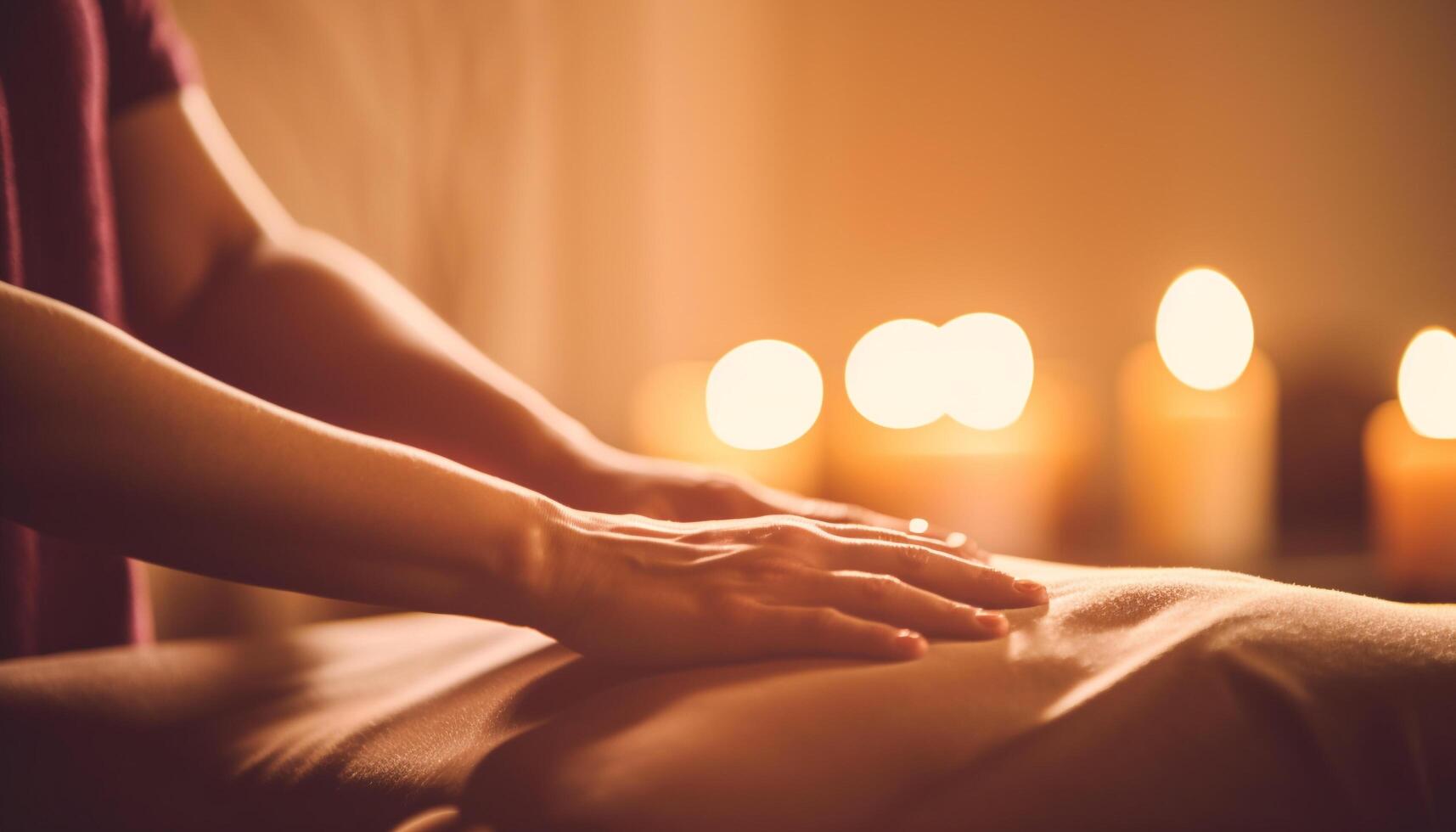Did you know that both massage therapists and Pilates instructors essentially focus on the same specific muscle groups?
Experienced practitioners in both disciplines tend to have a strong background in kinesiology, the science of body movement, allowing them to identify the affected muscles directly. A good massage therapist focuses on the right muscle groups to help reduce pain, and a good Pilates instructor focuses on core muscle groups to help individuals gain strength and mobility.
While Pilates is the type of workout that helps you prevent pain in the first place, massage therapy allows you to relieve your sore muscles as well as contribute to your overall wellness.
Unfortunately, your massage therapist doesn’t have the licensing authority to prescribe exercises or stretches. That’s why we’re going to discuss exactly what makes massage therapy and Pilates a natural and perfect pairing, so you can achieve a higher level of wellness.
Read on to learn more.
Pilates Is More Than Just a Workout
Let’s take a moment to discuss the art of Pilates and what it does for the body:
Most people think of Pilates essentially as a workout for women. However, Pilates low-impact exercise focuses on slow, precise movements and breath control. The goal is to strengthen the muscles while also improving your postural alignment. It also does wonders for your range of motion and flexibility.
Most Pilates moves specifically target your core area, although the exercise is not restricted to any one body part or muscle group. Therefore, you can expect a total body workout that helps stabilize and strengthen your core. Ultimately, Pilates helps you physically move better in your everyday life.
In 2018, the Journal of Exercise Rehabilitation published a study regarding Pilates practitioners. The study involved 90 participants who practiced Pilates for an hour a day, three times per week for up to eight weeks. It compared these to individuals who practiced yoga, which also aims to provide the same benefits as Pilates in terms of a total body workout.
The study found that their overall scores on a functional movement screen—which measured stability, mobility, and balance—improved significantly over that period. More so than those who practiced yoga or engaged in regular exercise.
Massages Are Essential to Fitness
For some individuals, massages are a luxury rather than a necessity. For individuals who place a higher premium on their health and wellness, massages are an essential component in the completion of a total fitness routine.
In regards to a total fitness routine, massages allow you to reach higher levels of wellness. This is because massages not only help you relax, reducing your heart rate and blood pressure, but they also contribute to both muscle recovery and growth.
For example, after a few months of endurance training or even core exercise training (such as pilates), you’ll begin to see a certain extent of muscle growth. According to Mark A. Tarnopolsky, MD, Ph.D., professor of pediatrics, and head of Neuromuscular and Neurometabolic Disease McMaster University in Hamilton, Ontario, Canada, this is due to the increasing volume of mitochondria in the muscles.
The mitochondria are responsible for aiding the cells in taking up and using as much oxygen as possible. That means a muscle’s ability to extract oxygen is directly related to the number of mitochondria present at that moment.
Now, when an individual undergoes a massage, two things happen. The first is that the inflammation activation genes become deactivated. The second is that the genes which promote mitochondria creation become activated. Therefore, according to Tarnopolsky, a post-fitness routine massage works to enhance mitochondrial pathways so that the muscles can extract a greater amount of oxygen.
The result is faster recovery and growth.
Why Massage Is the Perfect Complement to Pilates Workouts
When you have sore, aching muscles, it can be difficult to motivate yourself to work out the next day. This is especially true when it comes to pilates, as targeting core muscles tends to leave the average person with a more in-depth soreness compared to regular strength and cardio endurance training.
By adding massage therapy to your weekly pilates routine, you can decrease the amount of soreness you’ll have to endure the next day. You’ll also be able to improve on your recovery time and lean muscle growth as we now know that massages can enhance oxygen extraction within the muscles.
Are you wondering how to get started making pilates and massage therapy work for you? One thing you can do is put your massage therapist in contact with your pilates instructor. That way, they can make the appropriate recommendations based on your individual needs for optimal results.
If you don’t already have a pilates instructor, ask your massage therapist for their recommendation as they may know one personally that they can refer you to. And, when you’re ready to start your post-pilates massage therapy regimen, you can schedule your appointment right here with us.
And if you need a referral for a great Pilates instructor contact me directly!





